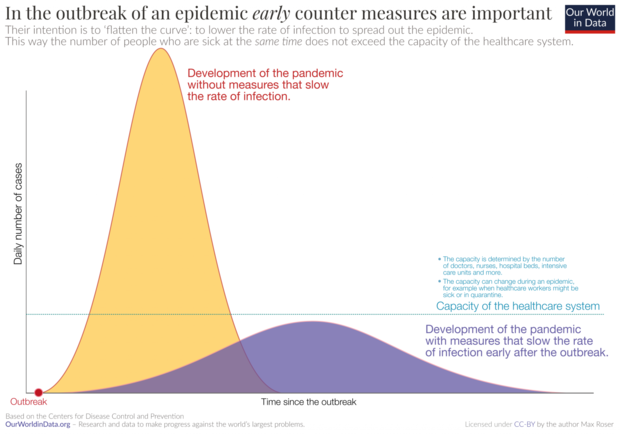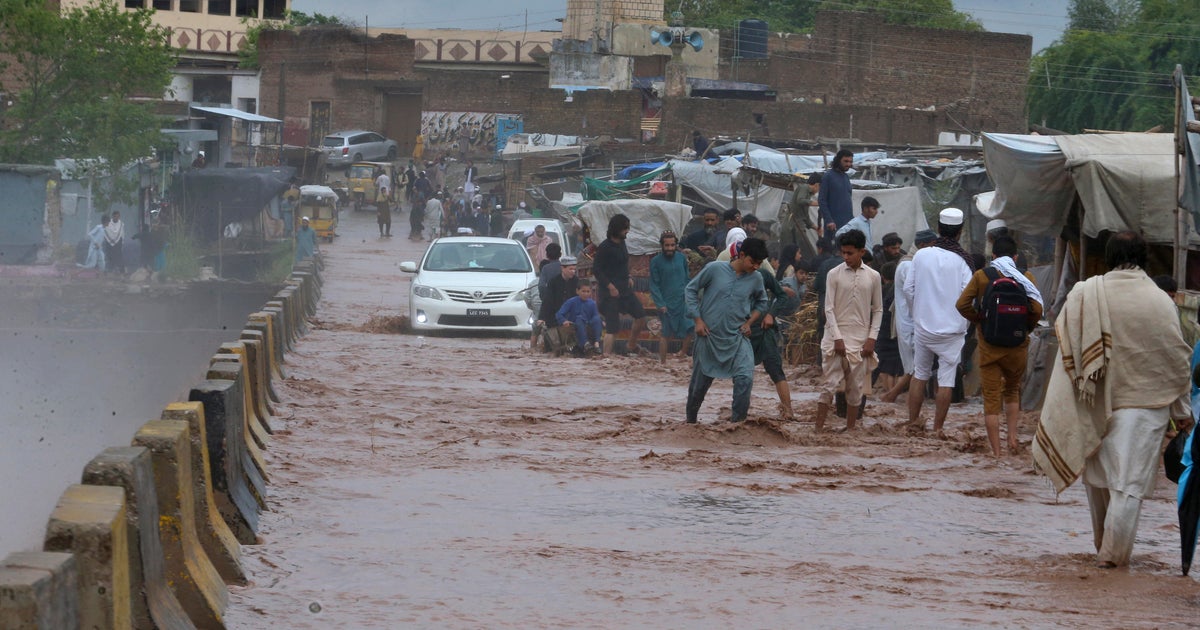What is the coronavirus and what are the symptoms?
A week of dizzying escalation has seen the coronavirus pandemic spread to more than 120 countries, with senior members of governments around the world among those affected. Every aspect of modern life has been impacted as Western countries, including the U.S., increasingly adopt the kind of control measures that appear to have helped China get over the worst of its COVID-19 outbreak.
There are now more than 250,000 confirmed coronavirus cases reported across the globe. So far, over 10,000 people have died from the coronavirus worldwide.
Health officials believe the virus was initially transmitted from animals to humans, but that human-to-human transmission of the flu-like illness is now occurring.
Here's what you need to know:
What is a coronavirus?
Coronaviruses are a large group of viruses that can cause illnesses as minor as a cold, or as serious as Middle East Respiratory Syndrome (MERS) and Severe Acute Respiratory Syndrome (SARS), according to the World Health Organization.
The viruses can be transmitted from animals to humans; the virus that causes SARS, for example, was originally transmitted to humans from a cat-like animal called a civet. But in some instances, as with this outbreak, they can also be transmitted from one infected person to another.
What are the symptoms?
According to the U.S. Centers for Disease Control and Prevention, the new virus can cause symptoms including fever, cough and shortness of breath. Some patients only show mild symptoms and recover, but others have developed life-threatening complications like pneumonia.
The CDC says symptoms of the "2019-nCoV" virus can appear in as few as two days or as long as 14 days after initial exposure.
Most cases are mild, but the illness can become severe if a person's immune system cannot repair damage to the lungs caused by the virus, according to CBS News medical contributor Dr. Tara Narula.
How is it transmitted?
Similar to the flu, it's believed the coronavirus can be spread through droplets when an infected person coughs or sneezes. In one case, a hospital patient in China is said to have infected 14 medical workers.
It also appears to be possible for the virus to be transmitted by infected individuals who are not showing any symptoms at all.
What's "social distancing"?
Social distancing, according to CBS News chief medical correspondent Dr. Jon LaPook, is "trying to keep yourself away from other people, especially large crowds" at schools, work or events.
Washington Governor Jay Inslee previously told "Face the Nation" that his state, where the majority of fatal U.S. coronavirus cases have occurred, is considering measures including mandatory social distancing.
Those who are more vulnerable to the virus, such as people with weakened immune systems, should avoid places like theaters where there are large numbers of people.
What's "flattening the curve" mean?
Oxford's Our World in Data project explains its "flattening the curve" graph this way: "While the total number who get infected might not change, the containment measures intend to avoid an outbreak trajectory in which a large number of people get sick at the same time."
"Is it really worth while to do all of this social distancing and hand washing? The answer is yes," CBS News chief medical correspondent Dr. Jon LaPook says. "Normally, right now — without any measures — the epidemic might go up [sharply] and go down. That peak number of cases could overload the system and that's what people are worried about."
His comment referred to the first line of the curve graph — the worst-case scenario line, in which the number of cases spikes dramatically. "There may not be enough doctors, the doctors might get sick, other clinicians, health professionals might get sick, you might not have enough ventilators, other medical equipment. It's a stress on the system," he explained. "If you could do all of these measures and flatten out that curve, so instead of a peak up and down, it's sort of slowly going out."
That's a reference to the second line on the curve graph — the scenario we hope to see. Instead of a huge spike on the graph, like a steep mountain, this line looks more like a gently sloping hill. "It's still going up, and the epidemic may last longer, but it's not putting such a stress on the system at that moment," LaPook said. If the peak number stays lower, hospitals will be more likely to have enough beds, medical staff, and specialized equipment like ventilators for patients who need them.
What about testing?
The race to better understand the virus requires a huge increase in data from patient testing. The Trump administration is still playing catch-up with those efforts and, as the virus derails election year activities, the White House is also facing mounting pressure over what critics from both major parties say has been a poorly coordinated response.
The U.S. Food and Drug Administration has so far granted emergency approval to start selling a high-speed coronavirus test.
The test, designed to run on a computerized diagnostic system developed by Roche, will be available immediately and can be run on machines already in place at more than 100 laboratories across the U.S., according to Roche, which is based in Switzerland. One version of the device can test more than 4,000 patients a day, while a second can perform nearly 1,500 tests, the company announced.
Typically, test is administered using a sterile soft plastic stick as health care workers swab the inside of a patient's nose or back of the throat. The goal is to collect material that's recently been in the lungs, where the virus is believed to replicate. That stick then gets sealed up and shipped in a cold container to the testing lab.
How do you best protect yourself?
The CDC is strongly emphasizing an "All of Community" approach focused on slowing the transmission of COVID-19 and reducing illness and death, while minimizing social and economic impacts.
The CDC advises the general public should practice everyday preventive actions to help reduce the risk of getting sick, including:
- Avoid close contact with people who are sick.
- Stay home when you are sick, except to get medical care.
- Cover your coughs and sneezes with a tissue and throw the tissue in the trash.
- Wash your hands often with soap and water for at least 20 seconds, especially after blowing your nose, coughing, or sneezing; going to the bathroom; and before eating or preparing food.
- If soap and water are not readily available, use an alcohol-based hand sanitizer with at least 60% alcohol. Always wash hands with soap and water if hands are visibly dirty.
- Clean and disinfect frequently touched surfaces and objects
(e.g., tables, countertops, light switches, doorknobs, and cabinet handles).
Is it safe to travel?
Airlines and travelers are still sorting out the new travel ban that President Trump announced this week that bars most foreign visitors coming to the U.S. from continental Europe for 30 days.
The ban will affect 7,300 flights — and more than 2 million airline seats — scheduled from 26 European nations to the U.S., according to travel data firm Cirium. The ban starts midnight on Friday.
As for travel elsewhere, the CDC advises that crowded travel settings, like airports, may increase your risk of exposure to COVID-19, if there are other travelers with COVID-19.
For more resources on preventing the spread of coronavirus and how to protect yourself, please consult with your medical provider, the CDC and WHO.




